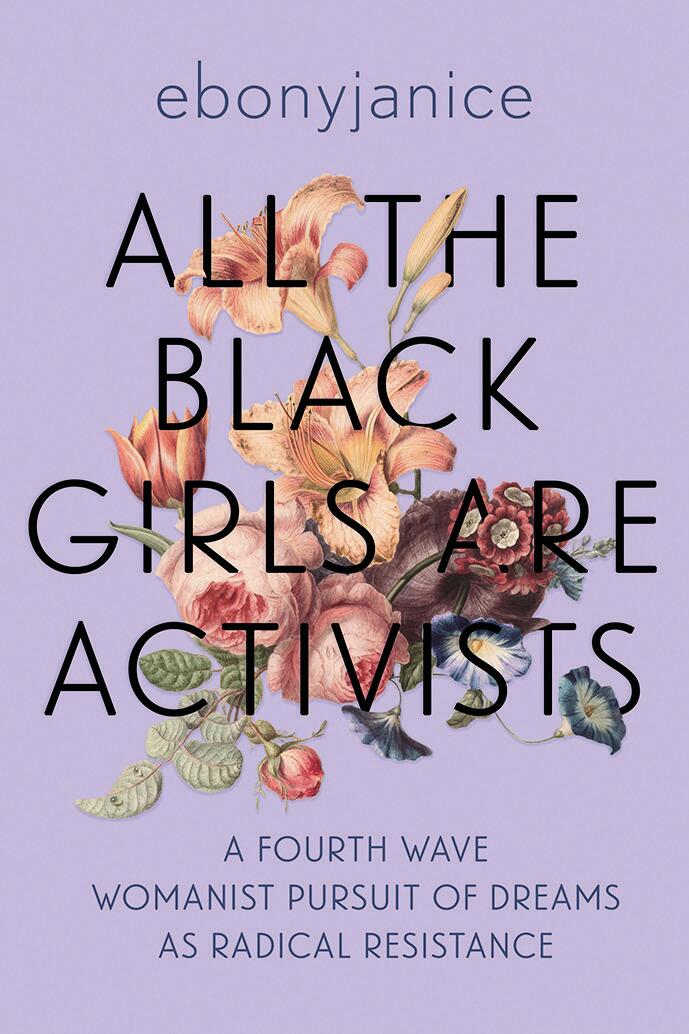
This story is featured in the July/August issue of ESSENCE, available on newsstands now.
On July 11, 2023, theologian EbonyJanice’s book All the Black Girls Are Activists will be on shelves—centering a wave of womanism and embracing softness, radical liberation and personal wholeness. The narrative offers practical wisdom for women seeking to dismantle hustle culture. In the chapter titled “Softness,” the author explores Black women’s quest for affirmation.
I am popping in Harlem. I’ve been saying that long before I ever lived in Harlem because every time I would visit the city, I would be walking through the streets, and the sun would be shining on me especially different. The men would be complimenting me especially different. The energy, the culture, the history would be calling to me especially different, and it was just something about it that I get to be as my most blackity-Black, audacious self, in Harlem, USA.
Living in Harlem did not disappoint me. Whatever it was that I had been dreaming about for years that would happen for me if I could just live in Harlem absolutely happened for me times a trillion by the time I lived there. If it was love that I imagined, your girl got some cute little love. If it was attention from Black men who saw and affirmed all my curves and my unfiltered, natural face and nappy hair. . .check! If it was experiencing the historic energy and legacy of the ancestors and elders who built Harlem brick by brick with their brilliance, I got to wade in that daily—from my walks in Marcus Garvey Park, to my make-out sessions at 1 A.M. on 132nd and Lenox, to my frequent visits to the jazz museums, to baked fish and attieke on 116th. Giggling on the corner of Ruby Dee Place and Ossie Davis Way, coffee dates on boulevards named for Frederick Douglass and Malcolm X, and easy Saturday-morning strolls on streets named for James Baldwin and Langston Hughes. Harlem gave me what it was supposed to have given.
And Harlem also gave me some stuff I didn’t ask for. I lived on a corner that was a block away from a hospital, two blocks from a fire station and three blocks from a police station. There were sirens violently blaring all day, all night on a consistent basis.
New York City is like this, though. It’s called a concrete jungle because everything is concrete. The buildings are brick. The asphalt streets are dark. There are very few trees, and grass is not plentiful. My poor little dog learned to pop a squat in the middle of the road at some point, unable to frolic through lush pastures very often, if at all.








Even the attention that I used to love from the men could often be too much. Being catcalled for an entire block when I’d already smiled brightly at your “Aye, ma, you lookin’ too right in them yoga pants” and said all my polite “thank yous” and “no thank yous” and “I got a man’s” even though I did not, in fact, have a man, but I just wanna go to the bodega without having to give you my number today hard.
I mean hard in the literal sense of walking on pavement, having concrete bedroom walls and living in brick buildings with the view of more brick buildings. Sometimes the sun shines too brightly on that hard asphalt; other times, the shade from the buildings makes everything gray. And everywhere has stories and stories of floors that you often must walk up. It can be debilitating. It can be disabling—and I mean ableist. Take the stairs up or down to the train. Plan out extra time if you will require an elevator or an escalator because your local station’s elevator may be out of order, under construction or just nonexistent. The loud noises, the bright lights, the confusing smells. They don’t say, “If you can make it in New York City you can make it anywhere” for no reason. It is sensory overload, and to survive and thrive, or to simply be well, you gotta put in work.
Excerpted from All the Black Girls Are Activists: A Fourth Wave Womanist Pursuit of Dreams as Radical Resistance by EbonyJanice. Copyright © 2023, published by Row House Publishing. All rights reserved.






